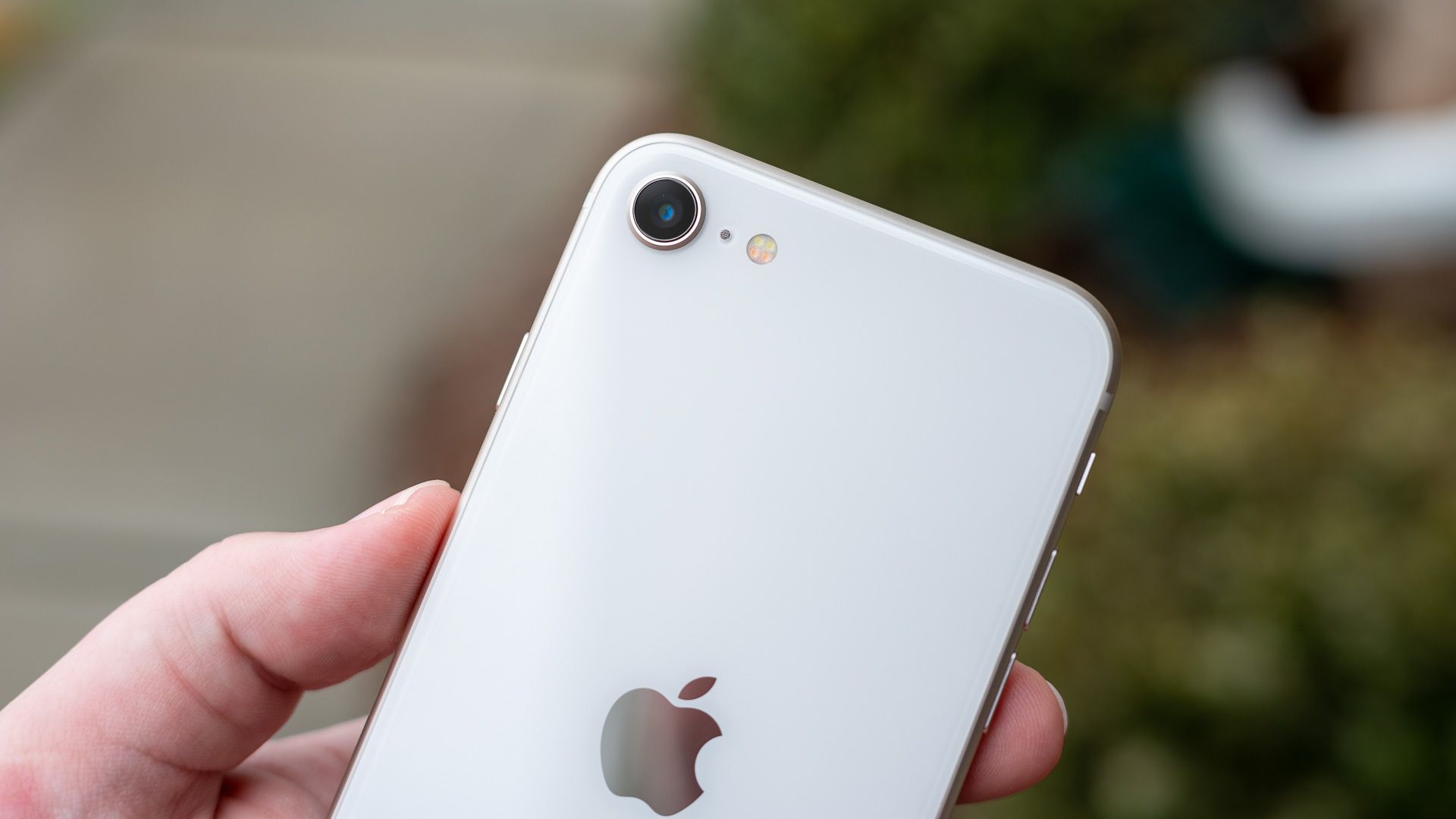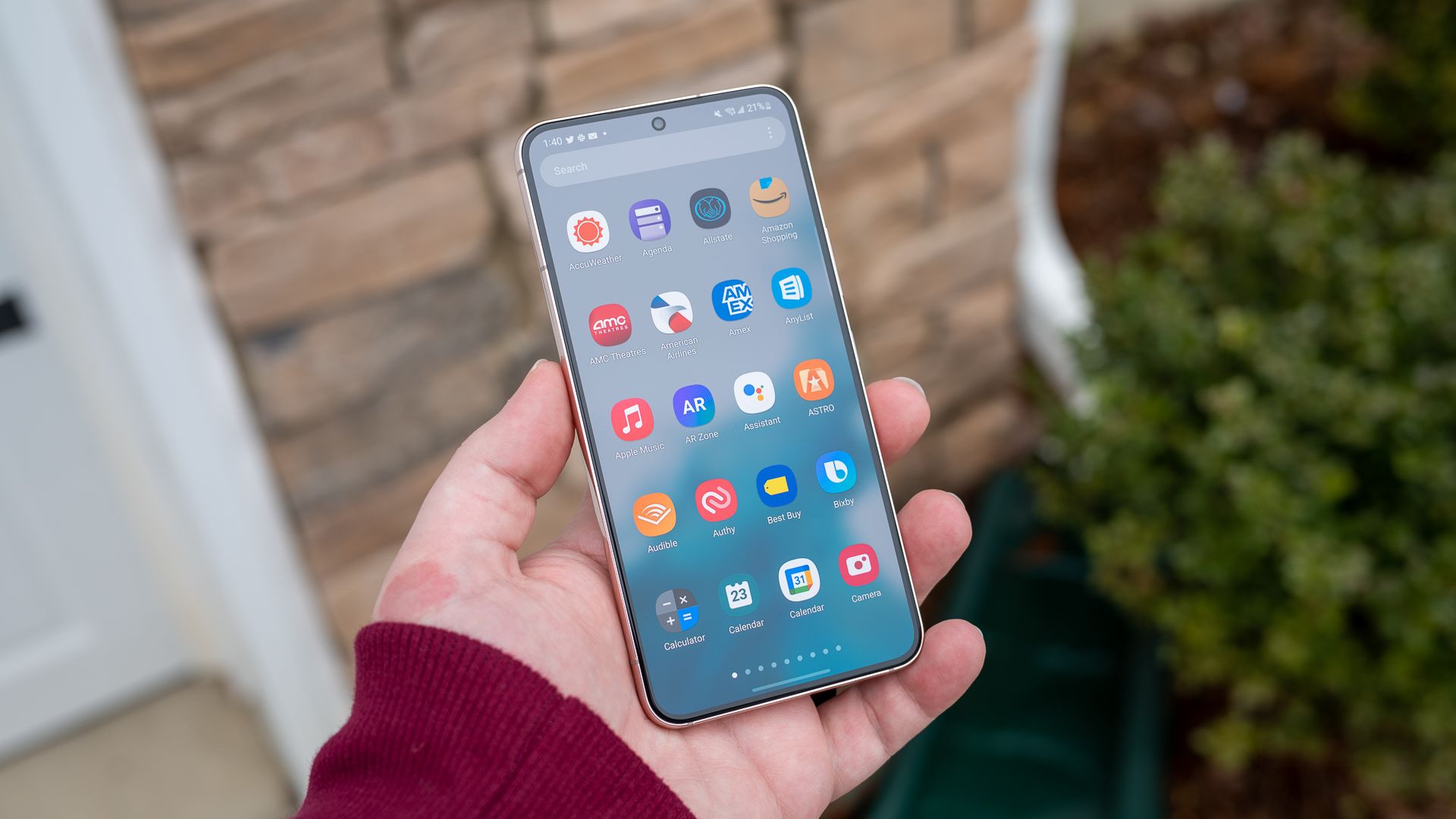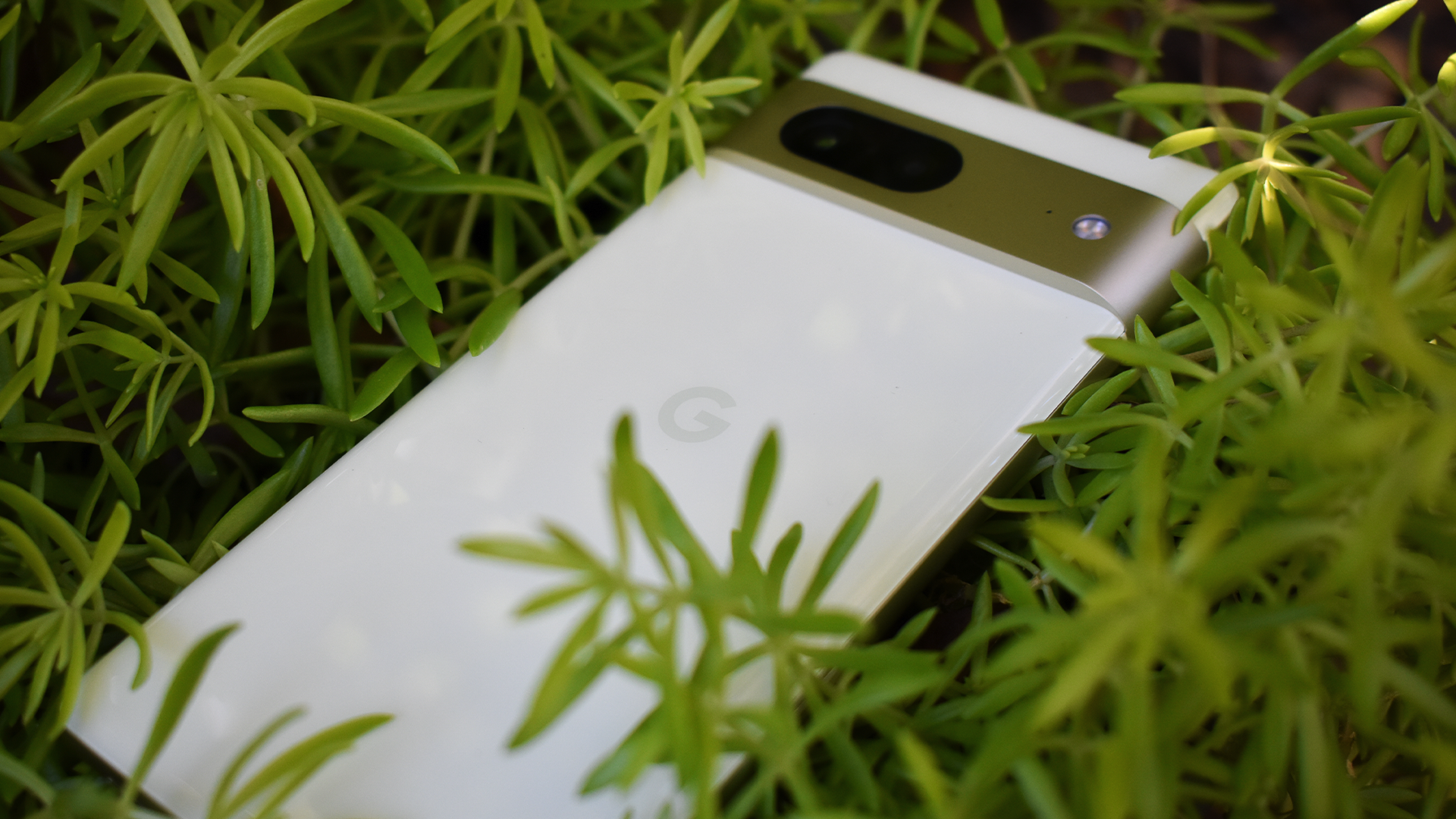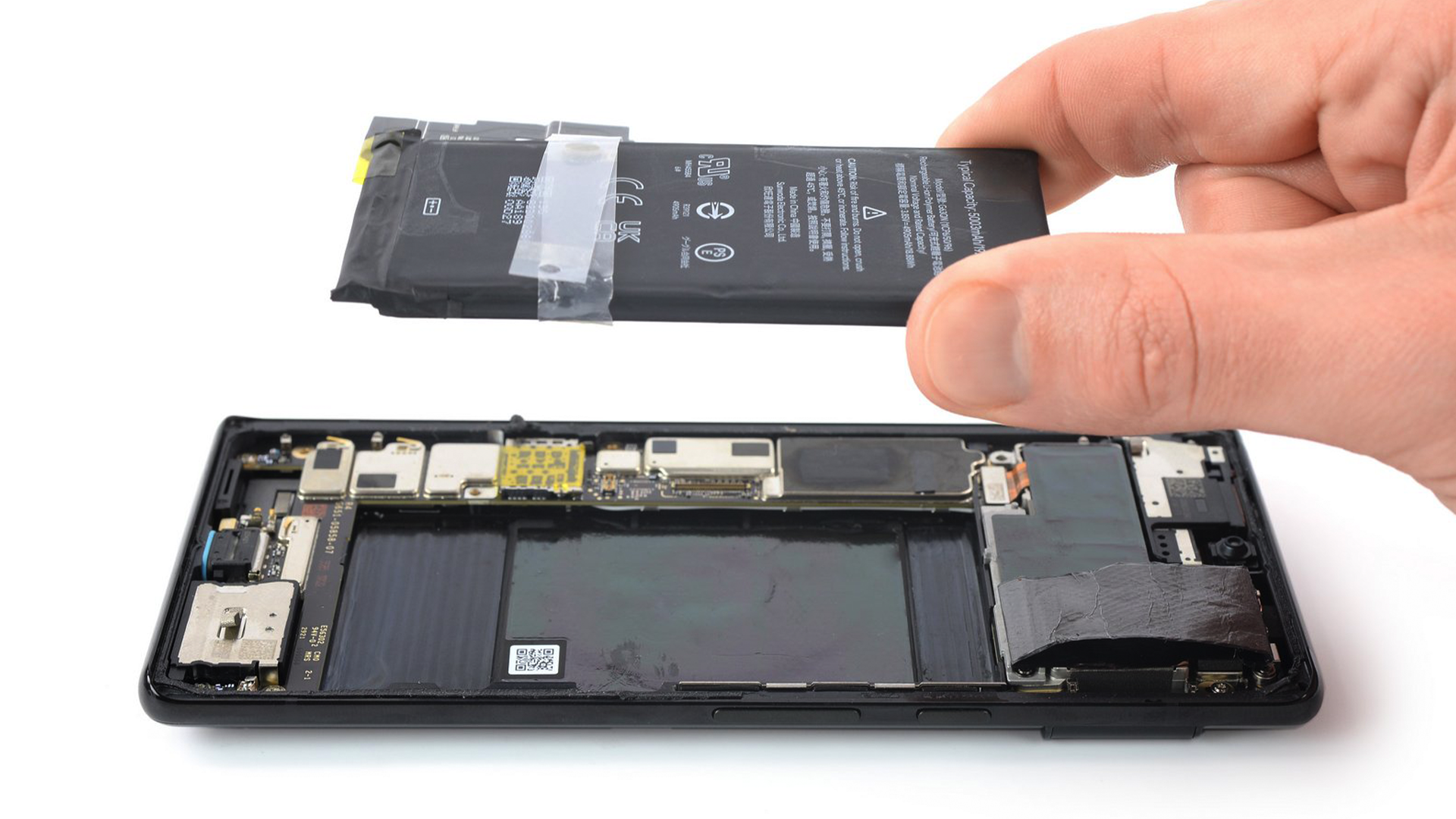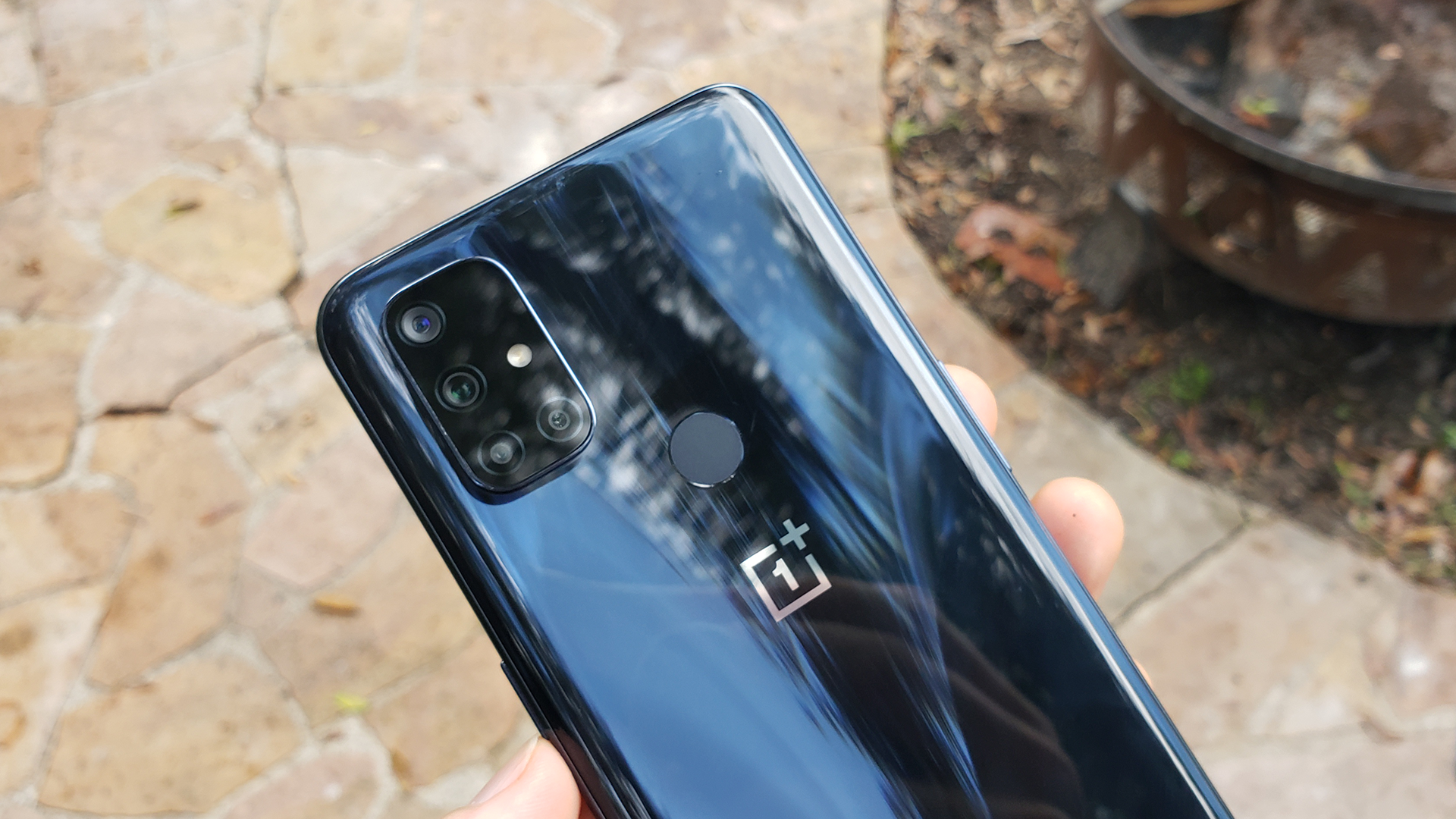Quick Links
Key Takeaways
All phones should be made at a flagship quality. This would increase the price of new devices, but it would lead to a strong aftermarket, extended software support, and increased repairability.
Smartphones place a ridiculous strain on our wallets. And, somewhat ironically, getting rid of cheap phones could ease this strain. Manufacturers need to build high-quality smartphones that last a decade, replacing cheap new phones with a strong and consumer-friendly aftermarket.
To be clear, there's nothing wrong with buying a cheap smartphone. If I didn't work in technology, I'd probably be using one! My complaint is that cheap phones encourage wastefulness in the smartphone market---we should be reusing good phones, not replacing bad phones.
Cheap vs. Expensive: What's the Real Difference?
Everybody has their unique shopping habits, but generally speaking, we all share one basic idea---we believe that new stuff is better than old stuff. This is especially true when electronics are involved, as it's hard to keep up with the endless stream of technological "improvements" and "advancements."
Smartphone technology improved at a rapid pace during the late 2000s and early 2010s. But things have slowed down a bit. If you take a two-year-old iPhone and compare it to the most recent model, you'll find that they aren't all that different. The same goes for Android devices.
But what happens when you compare an old "expensive" phone to a new "cheap" phone? Well, you'll quickly learn that the old flagship is better than the shiny new budget device. It'll use a faster processor, and its camera quality will look similar to that of a new flagship.
Take the Samsung Galaxy S20 Ultra, for example. This phone costs about $300 on the aftermarket, but it uses a Snapdragon 865 5G chipset and has outrageously great cameras. New phones of a similar price, such as the Moto Edge, fall short of the Galaxy S20 Ultra in performance benchmark tests and have noticeably worse cameras.
Cheap phones also tend to lack important features like wireless charging. And they often suffer from strange problems that are never fixed by the manufacturer. The iPhone SE is a good example; its cellular service is ridiculously unreliable.
Not to mention, flagship phones have a much higher build quality than budget options. And this is about more than just looks---flagship devices use durable Gorilla Glass and are certified with dust and water resistance. Cheap phones, on the other hand, use cheap glass and rarely bother with IPX water-resistance certification. If you're clumsy, you may find yourself buying a new cheap phone every year!
Flagship Phones Should Get a Decade of Support
It's clear that an old flagship will outperform any new budget phone. But here's the problem; Android smartphones only receive a few years of software updates. The Galaxy S20 Ultra that I mentioned earlier will get its final security update in 2024. After that, it will slowly grow vulnerable to hackers and malware.
To be fair, cheap Android phones rarely get anything beyond a year of updates. And some cheap phones never get an update! But the point still stands---if we're getting rid of cheap phones, we need manufacturers to offer a decade of software support for flagships. That's the only way to build a strong aftermarket where high-quality phones are inexpensive and long-lasting.
Some manufacturers are inching toward this level of software support. Samsung and Google now promise five years of security updates for their latest flagships. But Apple is the reigning champ, as it still supports the iPhone 8, which launched way back in 2017.
In fact, the iPhone is a great example of why we should get rid of cheap phones. Instead of stretching itself thin with a bunch of cheap devices, Apple focuses its energy on supporting a small selection of premium iPhones. It's not unusual for someone to buy an iPhone that's three or four years old, but you can't say the same for Android products.
The only wart on Apple's lineup is the iPhone SE. It's cheaply made, and as a result, it doesn't stand up to older iPhones that sell for the same price.
Of Course, Repairability Is Part of The Equation
Even with extended software support, a smartphone may not last for more than a few years. Drops, spills, and other accidents are inevitable. And if you don't shatter your phone, its battery will eventually wear down and become unusable.
These problems can be fixed. Repair companies are everywhere, and the aftermarket for replacement phone parts is fairly robust. The problem is that fixing a phone is often more expensive or difficult than buying a new one.
If manufacturers get rid of cheap phones and provide extended support for flagships, they also need to make these devices easily repairable. Screen replacements should be cheap, and it should only take a few minutes to replace a phone battery.
Repairability is slowly growing into an important topic, and Right to Repair legislation is popular on both sides of the aisle. Plus, companies like Google and Samsung are now working directly with iFixit, a website that sells aftermarket parts and publishes device repair guides. Things are getting better in this area.
That said, the average person still can't fix their own phone. And the pivot away from cheap and disposable phones won't happen until repairability becomes a priority.

iFixit Essential Electronics Toolkit - PC, Laptop, Phone Repair Kit
The iFixit Essential kit features all the tools you need for basic electronics repair. Take apart your phone, put a new drive in your laptop, fix up an old radio, or take on other jobs with this DIY kit!
This Dream Probably Won't Come True
Getting rid of cheap smartphones could help us save money and reduce wastefulness. But cheap phones aren't going anywhere. Shoppers are entrenched in their habits, manufacturers won't offer a decade of software support for anything, and Right to Repair legislation will only improve repairability for those who actively seek it.
Plus, a bunch of companies would crash and burn if everybody kept their phone for more than two years. I'm not sure that any corporation, investor, or economist would appreciate the idea that I'm suggesting.
At the time of writing, Motorola is the third-largest smartphone brand in the United States. And it is, for the most part, a budget brand. Samsung takes second place, and a decent portion of its sales stem from cheap "A-series" devices.
The only outlier is Apple, which takes first place. It holds a huge market share because it has loyal customers and offers several years of software updates for the iPhone. If Apple decides to embrace the "cheap phones shouldn't exist" mentality, other companies might follow suit. But given Apple's track record with repairability, I'm guessing that this is another dead end.

